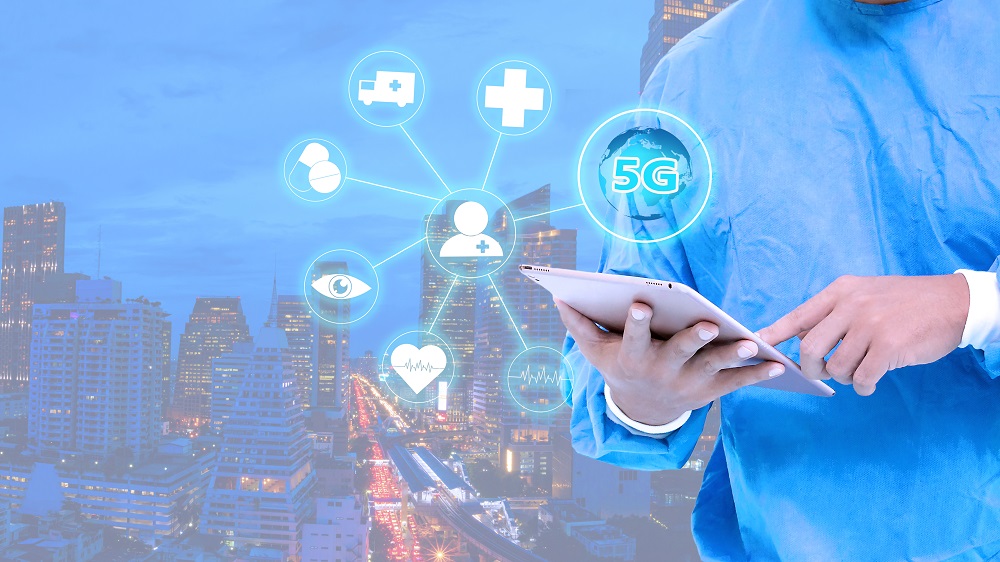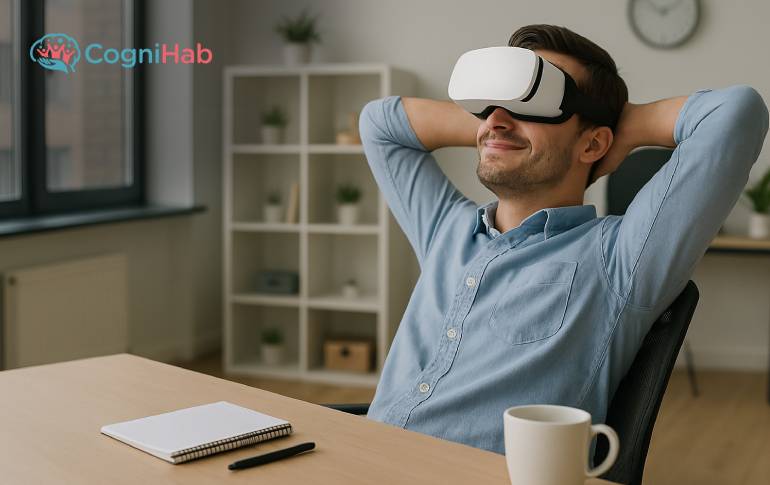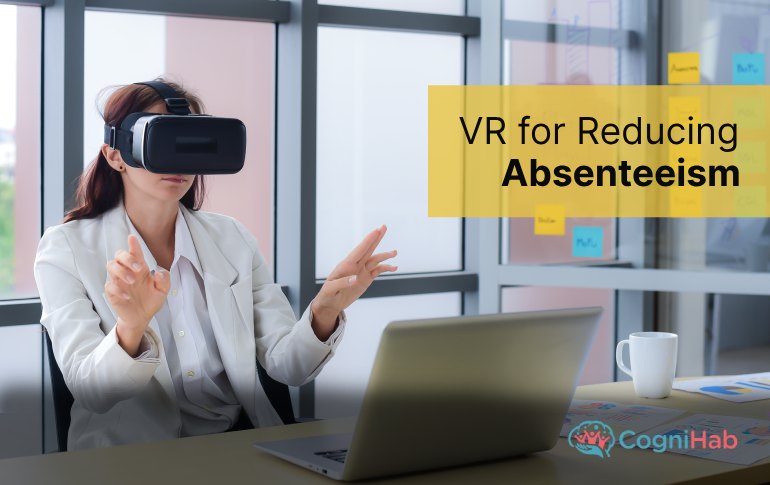How 5g in Healthcare is Changing the Ecosystem of Healthcare
The future of humanity must undergo healthcare transformation. However, given that it is entirely supported by technology, it is obvious to evaluate its reach and efficacy.
5G network that has 100 times speeded and 1000 times better capacity is changing the world with new possibilities. 5G in healthcare is expected to deliver crucial connectivity levels that will improve the new health ecosystem.
It has the potential to enhance every critical facet of global healthcare.
With 5G, meeting patients and providing better diagnoses and cost-effective treatment will be more straightforward. Although network security and data privacy are paramount in a 5G network, there are a lot of potential uses for 5G in the healthcare industry.
Importance of 5G in Healthcare
Telemedicine plays a significant role in the current healthcare landscape. Data transfer for ensuring high-quality healthcare services heavily depends on video quality and data speed. Healthcare professionals encounter difficulties delivering seamless patient care because of the shortcomings in the 4G network in this area.
In addition, because of the lagging issue, it becomes nearly impossible if the patient needs assistance for remote surgery.
But 5G will revolutionize the industry thanks to its 100 times faster speed and bandwidth. Better and speedier EHR, diagnostic test reports, imaging reports, more immediate data transfer, and better video quality are just a few things you can anticipate. As the overall picture is much larger than this, this will only be a fraction.
Scope of 5G in Healthcare
5G is the solution for everything, from video prescription management to remote patient monitoring. Let us check out the scope of 5G in the healthcare ecosystem.
Connected Ambulance
A medical transport vehicle allows the support staff to quickly gather and transmit patient data. They may make use of body cameras, wearable technology, sensors, or HD video streaming. As a result, before they see a patient, hospital staff will be better informed about them.
Specialists are able to gather information in urgent situations and support the ambulance crew with immediate care to save lives.
In order to lower latency, these ambulances require 5G support. That supports the real-time transmission of data and video to the medical facility or to the clinicians. Since it has a lot of bandwidth, live video feeds from emergency responder body cameras are higher quality and don't pause. As a result of 5G's improved security and reliability, it is safe to share patient data.
Remote Monitoring
Remote patient monitoring is seen as a critical factor for the delivery of healthcare services and for managing chronic diseases to be more effective and proactive. Patients don't have to travel to primary care facilities and schedule face-to-face appointments with doctors in order for sensors, wearables, and e-health devices to collect and analyze patient attributes.
Remote patient monitoring will be more dependable and secure thanks to 5G. Additionally, the number of connected devices per square kilometer increased. As a result, monitoring multiple patients is no longer problematic.
The use of 5G in healthcare also ensures that patients with mobility issues won't need to visit the clinic as frequently because they will benefit from HD video consultation over robust 5G connectivity.
Video Supported Medication
Because these patients have the propensity to forget when and if they have taken their medications, healthcare professionals have difficulty motivating some elderly or mentally ill patients to adhere to their prescribed regimens.
By enabling video-enabled medication adherence and establishing a direct video connection between qualified pharmacists and carriers and the patient, 5G can assist in resolving this issue by ensuring the correct dosage and precipitation are taken at the appropriate time.
AR and VR Support
It can be difficult for people with low vision, vision impairment, or even no vision to perform tasks that able-bodied people may take for granted, like crossing the street, reading a website, entering a building, etc.
Visually impaired people can connect with a live advisor in real-time using a 5G-enabled AR/VR headset or a pair of video streaming glasses.
The advisor can help the patient with specific daily activities. Aside from that, AR VR is also useful for planning surgeries and giving patients rehab. Video clarity will improve with 5G, and connectivity hiccups will be less frequent.
In addition, training can benefit from AR and VR technology. It helps surgeons plan surgeries and is an excellent way to learn about anatomy. In the operating room, VR creates a realistic setting.
This exercise assists the surgeon in gaining useful skills, knowledge, and competency. The main advantages of this technique are that there is no risk to life and it is highly effective by the augmented reality in healthcare.
Such simulations enable the medical interns to acquire expertise and learn the proper response during emergencies. It helps them by simulating critical or complex cases requiring more medical expertise. Through VR-enhanced simulation training, the interns are prepared for a future environment that facilitates a smooth transition to a new working environment.
Remote Surgery
Remote surgery has never been feasible due to the delay between input and output caused by the current wireless networks' slow speeds. Despite the fact that a number of remote surgeries have been successful, things will be much better with 5G. The patients may face danger as a result of this delay.
5G is expected to change that with its incredibly low latency. The operating table will almost immediately respond to a surgeon's input from a distance. With faster report transmission, doctors can analyze and plan the surgery in a better setting.
Conclusion
As a result of 5G in healthcare sector might experience a fundamental change. The importance of having healthcare technologies that people from all socioeconomic backgrounds can use has been highlighted by recent pandemics. Scalability, dependability, and speed in the network are some of the advantages of 5G in telemedicine.
It also accelerates the future of ar vr in healthcare the uptake of cutting-edge technologies like big data, artificial intelligence, and extended reality, including AR, VR, and MR.
Utilizing the internet of things also enhances clinical results. As a result, the development of a new healthcare ecosystem can benefit from the integration of 5G with other cutting-edge technologies.







